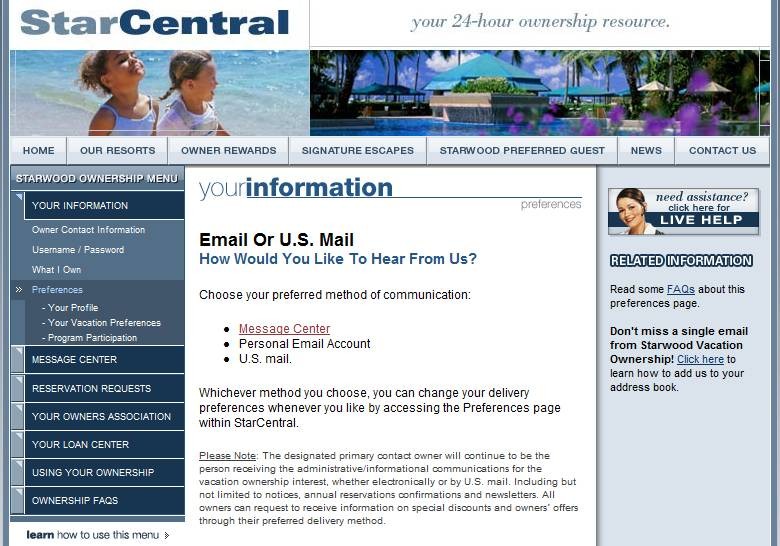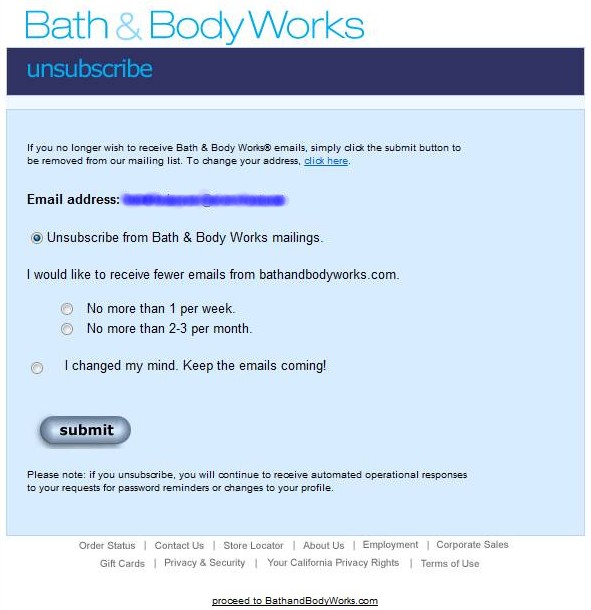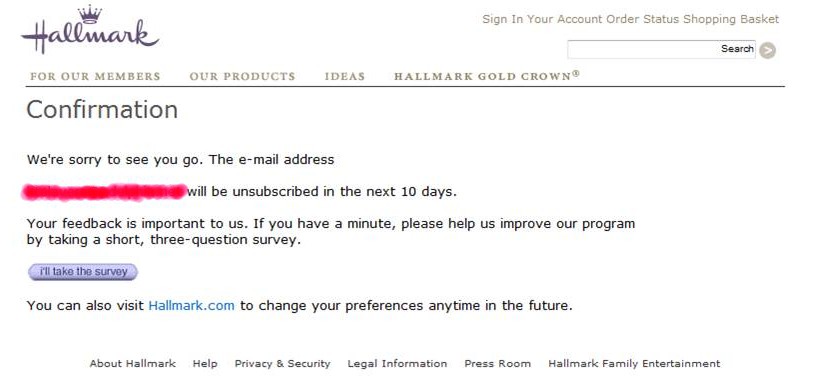What to send, and how often, are the top questions facing any email-marketing-program manager today. Yet, all too often, frequency for the sake of frequency trumps relevancy in this channel. It's a classic catch-22: Email works so well that it runs the risk of undermining its own potential.
Email programs tend to start with slow and cautious frequency, produce easy return on investment (ROI), and become stars. Management assumes that if some email is good, more must be even better.
As with all good things (wine, chocolate, and pizza come to mind), increased consumption eventually leads to a point of diminishing returns. The correlation between cost and benefit is neither linear nor constant.
In email, frequency increases can generate higher revenue or ROI to a point. Pass that point, and you run the risk of crashing into the wall of damaged reputation, poor deliverability, and list attrition.
Rather than either testing to find optimal frequency (from a cost/benefit standpoint) or articulating a rationale for frequency prior to setting it, many email marketers arbitrarily establish an email frequency and after the fact attempt to justify its existence. No wonder subscribers complain emails are irrelevant, boring, and poorly targeted.
The industry has officially reached the tipping point of diminishing returns. With email frequency, less can definitely be more. Yet the questions need to go beyond finding the right quantity and instead focus on quality. It's time, once again, to email smarter rather than just harder.
With so many email marketers, especially retailers, erring on the side of repetitive, poorly segmented sending, the challenge is discovering more intelligent ways of establishing meaningful, productive email frequency. Here are a few approaches to help steer your email-marketing program in a "smarter rather than harder" direction:
Draw up a consideration-path map
Putting yourself in your customers' and subscribers' shoes means genuinely understanding the consideration paths they go down when deciding whether to engage with and purchase from you.
There are short and long and simple and complicated consideration paths, and they vary depending on product/service price points and complexity. Knowing what encourages as well as what discourages progress down a particular path is critical to unveiling opportunity junctures for email communication.
The lesson: Use email to communicate with target audience members at natural points of interest—when they expect, need, or want to hear from you—rather than just when you have something to say. You'll know what those points are only if you've walked in their shoes, mapping their decision and consideration paths.
Synchronize opt-in and opt-out choices with one another and within your preferences center
Email-marketing programs often begin as simple, one-dimensional communications, and then diversify over time.
Starwoodhotels.com comes to mind as a diverse brand with equally diverse email-marketing programs. With several well-known hotel names (Westin, Sheraton, W, St. Regis, Loft, and more) under its umbrella, Starwood sends email from the umbrella brand as well as from each distinct hotel label.
Yet Starwood also has a vacation-ownership (time-share) line of business. Customers of multiple brands and products could easily be flooded with too much email were it not for Starwood's robust frequency and content choices.
The lesson: As your email-marketing program grows, make sure opt-in and opt-out choices keep pace with the communication options available. Also, establish a limit on the total email volume that customers of multiple brands and products receive.
Provide a frequency-reduction option as well as a brief survey upon unsubscribe
Kudos to Bath & Body Works for including a frequency-reduction option in addition to the general opt-out on its unsubscribe page.
Bath & Body Works subscribers can permanently stop the flow of email, but they are simultaneously presented with a choice to reduce the flow instead: They can adjust frequency to one email per week or 2-3 per month.
I've also seen other brands (such as Hallmark) routinely survey unsubscribers on the opt-out page to understand why people leave the list.
The lesson: Do both! Many people unsubscribe because email comes too often, so offer frequency-reduction choices as a means of keeping them on your list. But if they want off, ask them why as you let them go.
Test!
Finally, if you can, conduct a head-to-head test of old vs. new frequency before making a permanent change to the entire list. You simply can't afford to increase—or, sometimes, decrease—frequency without possibly alienating and damaging your list.
The lesson: A head-to-head test of different frequencies over a specified period will tell you whether sending more often reaps greater rewards, or greater punishment.
* * *
There is no one-size-fits-all email frequency either across or within vertical industries. Moreover, there should be no sacred cows of email frequency. The right frequency is the one that resonates with your audience. And, keep in mind, different frequencies will resonate differently with unique segments of your own list, so there is also no one-size-fits-all frequency even for your own list.
If you can't gauge or provide a means for obtaining individual subscriber frequency choices, the right frequency is the one you can justify by continually meeting these five objectives: list segmentation, offer relevancy, content variety, content freshness, and a consistently solid response.
For sustainable success, your program must deliver messages with meaningful or interesting content sent at relevant yet nonintrusive intervals.
Every message should answer the ever-present question in the minds of your subscribers: What's in it for me (WIIFM)? If a message does not clearly articulate the WIIFM (and especially if you can't answer that question yourself), don't send it. Head back to the drawing board or dial-back the frequency instead.







